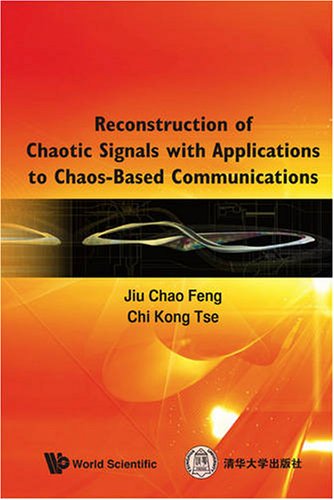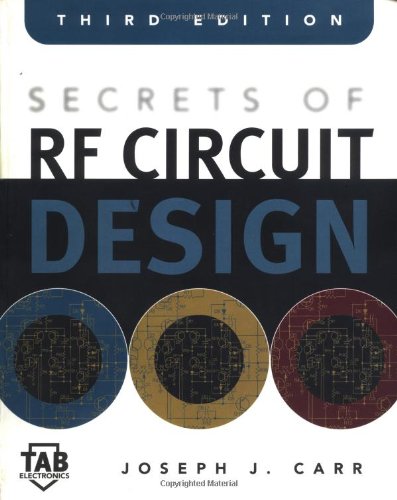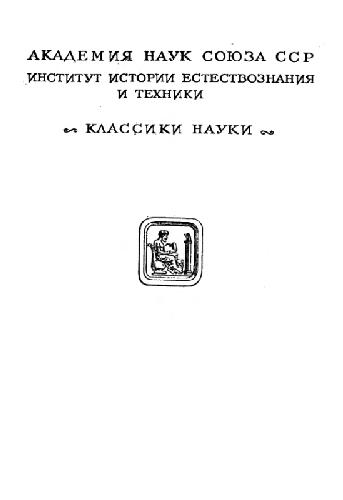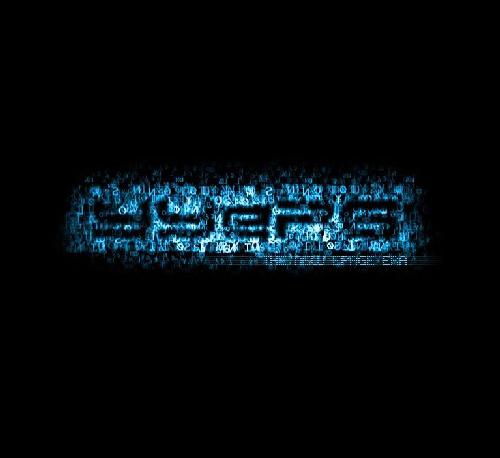Jiu Chao Feng, Chi Kong Tse9812771131, 9789812771131
The book serves as an advanced textbook for undergraduate and graduate courses in electronic and information engineering, automatic control, physics and applied mathematics. It is also highly suited for general nonlinear scientists who wish to understand the basics of chaos-based signal and information processing. Written with numerous illustrative applications to capture the interest of casual readers, the book also contains adequate theoretical rigor to provide the necessary foundational as well as advanced material for serious researchers who are working or aspire to work in this area.
Contents: Chaos and Communications; Reconstruction of Signals; Fundamentals of Neural Networks; Signal Reconstruction in Noisefree and Distortionless Channels; Signal Reconstruction from a Filtering Viewpoint: Theory; Signal Reconstruction from a Filtering Viewpoint: Application; Signal Reconstruction in Noisy Channels; Signal Reconstruction in Noisy Distorted Channels; Chaotic Network Synchronization and Its Applications in Communications.
Table of contents :
Contents……Page 12
Preface……Page 4
Acknowledgements……Page 9
1 Chaos and Communications……Page 16
1.1 Historical Account……Page 17
1.3 Quantifying Chaotic Behavior……Page 20
1.3.1 Lyapunov Exponents for Continuous-Time Nonlinear Systems……Page 21
1.3.3 Kolmogorov Entropy……Page 23
1.3.4 Attractor Dimension……Page 25
1.4 Properties of Chaos……Page 27
1.5.1 Conventional Spread Spectrum……Page 29
1.5.3 Chaotic Synchronization……Page 31
1.6.1 Chaotic Masking Modulation……Page 34
1.6.2 Dynamical Feedback Modulation……Page 35
1.6.3 Inverse System Modulation……Page 36
1.6.5 Chaos Shift Keying……Page 37
1.6.6 Differential Chaos Shift Keying Modulation……Page 39
1.7.2 Engineering Challenges……Page 40
2 Reconstruction of Signals……Page 42
2.1 Reconstruction of System Dynamics……Page 43
2.1.1 Topological Embeddings……Page 44
2.1.2 Delay Coordinates……Page 45
2.2 Differentiable Embeddings……Page 48
2.3 Phase Space Reconstruction-Example……Page 49
2.4 Problems and Research Approaches……Page 54
3.1 Motivation……Page 56
3.2 Benefits of Neural Networks……Page 58
3.3.1 Background Theory……Page 61
3.3.2 Research Progress in Radial Basis Function Networks……Page 64
3.4.1 Introduction……Page 71
3.4.2 Topology of the Recurrent Networks……Page 72
3.4.3 Learning Algorithms……Page 73
4.1 Reconstruction of Attractor for Continuous Time-Varying Systems……Page 75
4.2 Reconstruction and Observability……Page 77
4.3 Communications Based on Reconstruction Approach……Page 78
4.3.1 Parameter Estimations……Page 79
4.3.2 Information Retrievals……Page 81
4.4 Reconstruction of Attractor for Discrete Time-Varying Systems……Page 84
4.5 Summary……Page 86
5.1.1 The Kalman Filter……Page 87
5.1.2 Extended Kalman Filter……Page 91
5.2 The Unscented Kalman Filter……Page 92
5.2.1 The Unscented Kalman Filtering Algorithm……Page 93
5.2.2 Convergence Analysis for the UKF Algorithm……Page 97
5.2.3.1 Type 1……Page 101
5.2.3.2 Type 2……Page 102
5.2.3.3 Type 3……Page 103
5.3 Summary……Page 104
6.1 Introduction……Page 106
6.2.1 Filtering Algorithm……Page 107
6.2.2 Computer Simulation……Page 109
6.3.1 Modeling of Wireless Communication Channels……Page 116
6.3.2 Blind Equalization of Fading Channels with Fixed Channel Coefficients……Page 118
6.3.3 Blind Equalization for Time-Varying Fading Channels……Page 121
6.4 Summary……Page 124
7.1 Review of Chaotic Modulation……Page 125
7.2 Formulation of Chaotic Modulation and Demodulation……Page 127
7.3.1 Description ofthe Network……Page 131
7.3.2 Network Growth……Page 133
7.3.3 Network Update with Extended Kalman Filter……Page 134
7.3.5 Summary of the Flow of Algorithm……Page 136
7.4 Computer Simulation and Evaluation……Page 138
7.5 Application to Non-coherent Detection in Chaos-Based Communication……Page 146
7.6 Summary……Page 154
8 Signal Reconstruction in Noisy Distorted Channels……Page 155
8.1 Preliminaries……Page 156
8.1.1 Conventional Equalizers……Page 157
8.1.2 Reconstruction of Chaotic Signals and Equalization……Page 158
8.1.3 Recurrent Neural Network and Equalization……Page 159
8.2 Training Algorithm……Page 163
8.3.1 Chaotic Signal Transmission……Page 166
8.3.2 Filtering Effect of Communication Channels……Page 167
8.3.3 Results……Page 171
8.4 Comparisons and Discussions……Page 176
8.5 Summary……Page 179
9 Chaotic Network Synchronization and Its Applications in Communications……Page 180
9.1 Chaotic Network Synchronization……Page 181
9.1.1 Network Synchronization……Page 182
9.1.2 Chaos Contro1…….Page 183
9.1.3 Implementation of the Synchronization Scheme……Page 187
9.2.1 Encoding and Decoding……Page 190
9.2.2 Test Results for Communications……Page 193
9.3 Summary……Page 196
10.1 Summary of Methods……Page 198
10.2 Further Research……Page 200
Bibliography……Page 203
Index……Page 229







Reviews
There are no reviews yet.